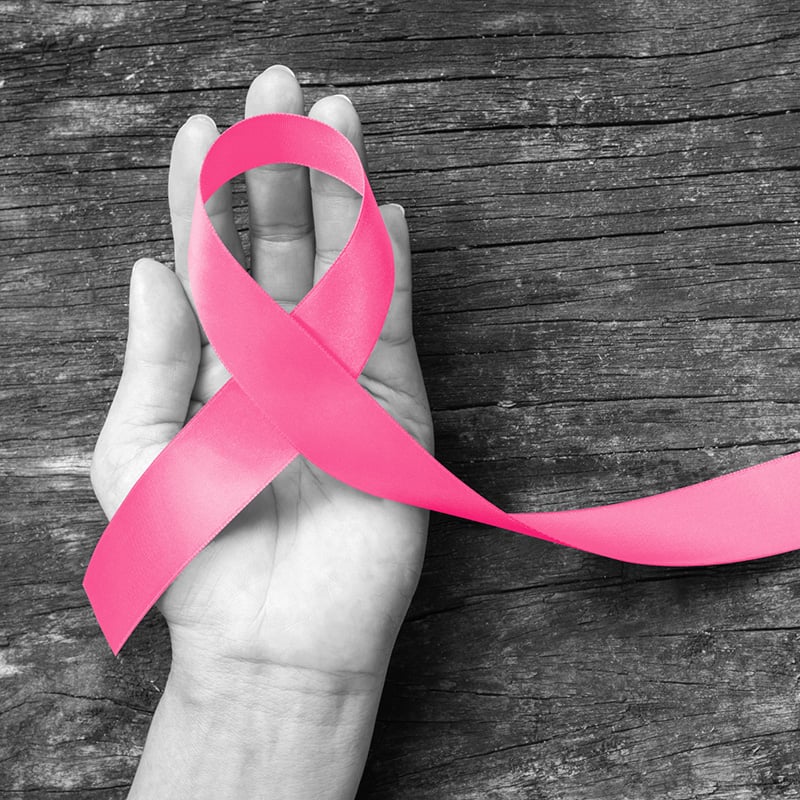While urinary tract infections (UTIs) are a common occurrence, they can be uncomfortable and sometimes painful. If left untreated, serious complications can occur.
Rachel Houghtling, PA-C, is a physician assistant with the Rochester Regional Health OBGYN at Portland and describes what a UTI is, what puts a woman at higher risk for developing one, and what treatments are available.
What is a UTI?
A urinary tract infection (UTI) occurs when bacteria travel up the urethra – usually from the skin or rectum – and infect the urinary tract.
While common, UTIs can become serious if left untreated. If bacteria continue to travel up the urethra into the bladder, the bladder can then become infected.
A UTI can also progress to the point where it affects the kidneys, which is also a serious health condition.
Causes & risk factors
Women are more prone to getting UTIs compared to men, in part because they have shorter urethras, according to the National Institute of Diabetes and Digestive and Kidney Diseases. This means any bacteria causing an infection has a shorter distance to travel from its source to the urethral opening.
There are other factors that can increase the risk of getting a UTI, including:
- age (mostly in young children and older adults)
- sexual activity
- pregnancy and childbirth
- previous UTIs
- menopause
- poor hygiene (not wiping or cleaning properly after using a toilet)
UTI symptoms
The two most common symptoms of a UTI are pain or burning when you are urinating.
If you are experiencing a bladder infection, you may also be dealing with:
- frequent urination
- the urge to urinate despite emptying your bladder
- pressure or cramping in your lower abdomen
If you are experiencing a kidney infection, you may also be dealing with:
- fever
- chills
- lower back pain
- nausea/vomiting
Diagnosis
When you seek treatment for a UTI from a provider, the provider will ask you about your symptoms and possibly perform a physical exam.
A urine test may also be ordered to confirm the presence of bacteria in your urinary tract.
“When a provider tests your urine, it can allow them to find the right medication or other course of treatment to help resolve your infection as quickly as possible,” Houghtling said.
Treatment & prevention
Once a UTI is diagnosed, your provider will most likely prescribe you an antibiotic to eliminate all of the harmful bacteria from your infection.
Most antibiotic prescriptions are for a short period of time – about three days.
“Follow the instructions on your prescription exactly,” Houghtling said. “Even if you start to feel better, continue taking your antibiotics until your course of treatment is completed. This will ensure that all of the infection will be eliminated from your body.”
Read More: What is Antimicrobial Stewardship?
If your symptoms continue or worsen afterward, contact your provider as soon as possible so they can determine the next best steps for you.
You can take simple steps to prevent yourself from having a UTI.
Drink water: Staying hydrated is helpful for your body in many ways, including allowing you to urinate more frequently. This assists your body in keeping the bladder empty.
Take a shower: Washing your body in a shower instead of a bath prevents bacteria or other harmful organisms from accumulating and infecting you again.
Urinate after sex: After having sexual intercourse, go to the bathroom as soon as you can. This reduces your risk of having bacteria remain in your urinary tract.
Go when you need to: Use the restroom when your body is telling you to go. Refrain from holding your urine in for long periods of time.







